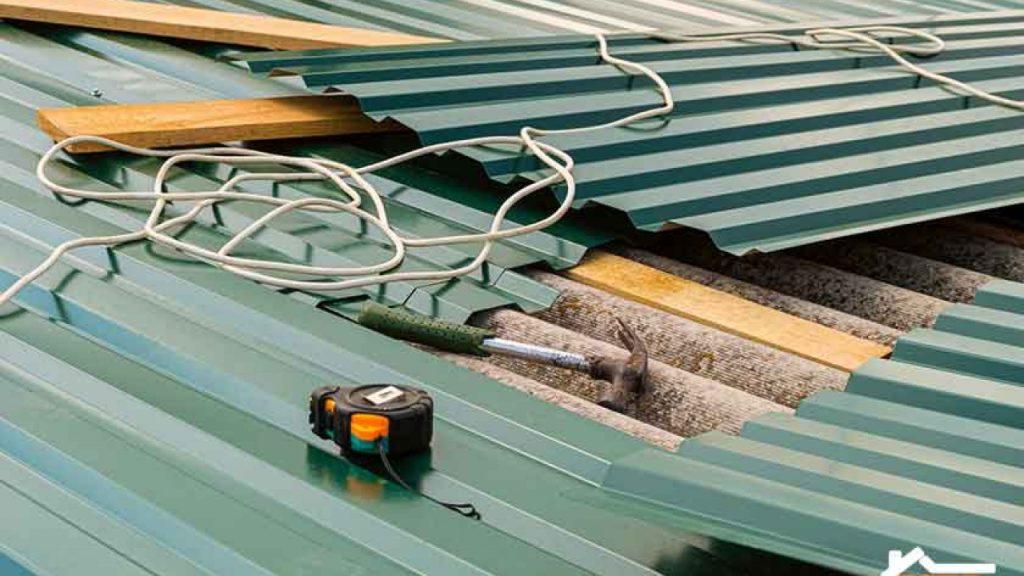Standing seam metal roofs are known for their durability and longevity. However, there may come a time when you need to remove and replace your metal roof due to damage, age, or remodeling purposes. Removing a standing seam metal roof requires careful planning and execution to ensure the safety of both the workers and the structure. In this article, we will provide a step-by-step guide on how to remove a standing seam metal roof properly.

Assess the Roof
Evaluate the Condition
Before you begin the removal process, thoroughly assess the condition of the existing metal roof. Look for signs of damage, rust, or corrosion. Understanding the extent of the issues will help you determine whether removal and replacement are necessary.
Gather the Necessary Tools and Materials
Prepare for the Job
Ensure you have all the required tools and materials ready for the project. Here’s a list of some essential items you’ll need:
- Safety gear: This includes gloves, safety goggles, and a hard hat.
- Ladders or scaffolding: Depending on the height of your roof, you may need ladders or scaffolding to access different areas safely.
- Power drill and metal cutting blades: You’ll use these to remove the fasteners holding the metal panels in place.
- Pry bars or metal seam tools: These tools will help you lift and remove the metal panels without causing damage.
- Disposal containers: You’ll need containers or a dumpster to dispose of the removed metal panels.
- Personal fall protection: If the roof is high or steep, consider using a personal fall protection system to prevent accidents.
Remove the Fasteners
Start at the Ridge
Begin the removal process at the ridge of the roof. Use your power drill and metal cutting blades to remove the fasteners securing the metal panels. Work systematically, starting from one end and moving toward the other. Be careful not to damage the underlying structure during this step.
Carefully Lift and Remove Panels
Use Caution
After the fasteners are removed, carefully lift and remove the metal panels one by one. Be cautious when handling the panels to avoid any sharp edges. Depending on the type of standing seam system, you may need to unlock and slide the panels out of the seam connectors.
Inspect the Underlying Structure
Evaluate for Damage
Once the metal panels are removed, inspect the underlying structure for any damage or issues that need to be addressed before installing a new roof. This is also an opportunity to make any necessary repairs or upgrades.
Dispose of the Metal Panels
Recycle or Dispose Responsibly
Metal roofing panels are recyclable, so consider recycling them if possible. Contact local recycling facilities or metal scrap yards to inquire about recycling options. If recycling is not feasible, dispose of the panels responsibly in accordance with local regulations.
Prepare for Roof Replacement
Plan Your Next Steps
After removing the standing seam metal roof, you can proceed with your roof replacement project. Whether you’re installing a new metal roof or another roofing material, make sure you have the necessary materials and a well-thought-out plan for the installation.
Conclusion
Removing a standing seam metal roof is a complex and labor-intensive task that requires careful planning and attention to detail. If you are not experienced in roofing or metalwork, it’s highly recommended to hire a professional roofing contractor to perform this job safely and efficiently. Additionally, consult local regulations regarding the disposal of metal roofing materials to ensure you comply with environmental guidelines. Proper removal and disposal of the old roofing materials are essential steps in the process of replacing your standing seam metal roof.



Leave a Reply